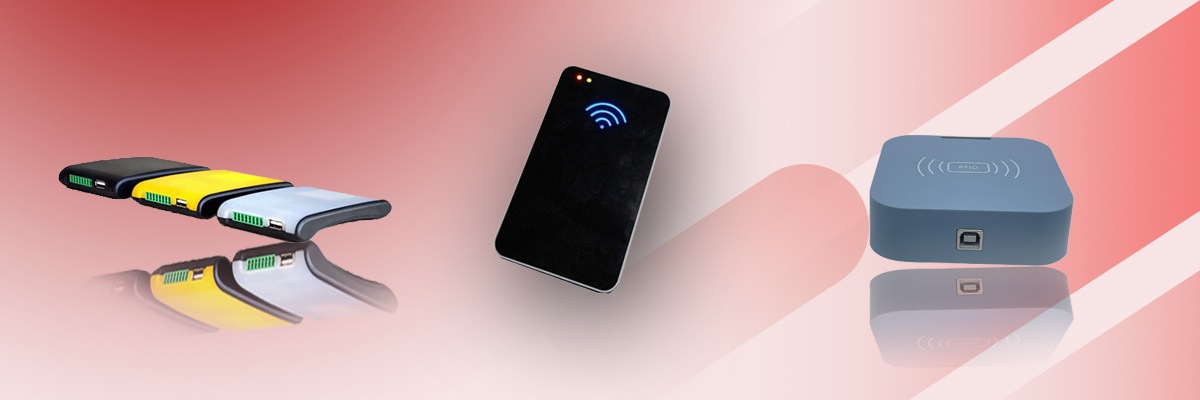A UHF RFID reader, also known as an ultra-high frequency RFID interrogator, is a highly integrated system that combines electronic, mechanical, and software components to achieve reliable data transmission and asset tracking. These readers typically consist of an RF module, an antenna, power supplies, processors, memory units, and communication interfaces. The RF module handles signal transmission and reception, enabling communication between RFID tags and the reader. The antennas, available in different types and configurations, determine the signal coverage and are crucial for the accuracy and range of the system.
One key example of internal components includes the power management unit, which provides regulated power to the UHF RFID reader’s circuitry. Another critical component is the digital signal processor (DSP) responsible for interpreting the radio waves returned by RFID tags into digital data for further processing. Both components are engineered for efficiency, ensuring reliable operation even in industrial environments.
On the mechanical side, UHF RFID readers are designed for durability, often built with ruggedized enclosures to withstand harsh conditions such as temperature extremes, dust, and moisture. These enclosures often comply with IP67 or other environmental protection ratings. Internally, the layout of circuits and shielding is meticulously planned to minimize interference and ensure stable performance. High-quality connectors and interfaces—such as USB, RS232, Ethernet, and GPIO ports—allow seamless integration with external systems, such as computers, databases, or enterprise resource planning (ERP) systems.
From a software perspective, UHF RFID readers rely on embedded firmware that controls the reading operations, signal processing, and communication protocols. Modern readers support various software interfaces, including APIs and SDKs, which enable easy integration with other systems. These systems often use TCP/IP protocols for remote management and monitoring, making them suitable for IoT (Internet of Things) environments.
GAO RFID Inc. ensures that its UHF RFID readers comply with industry standards, including ISO/IEC 18000-6C for EPC Gen2 tags, as well as FCC regulations in the U.S. and ISED (formerly Industry Canada) requirements in Canada. These standards ensure compatibility and performance in RFID systems used across various industries, including logistics, retail, and manufacturing. Furthermore, GAO RFID readers undergo a stringent quality assurance process, including electromagnetic interference (EMI) testing, thermal cycling, and stress tests, ensuring they meet the highest performance and reliability standards.
In terms of testing and quality assurance, GAO RFID employs rigorous procedures that cover every stage of production. Readers are subjected to multiple rounds of testing, including environmental stress screening (ESS) and radio frequency performance testing, to ensure they meet performance specifications in real-world applications. Each reader is calibrated to ensure accurate signal strength and optimized reading distance, ensuring superior performance in industrial settings.
Our UHF RFID readers are equipped with multiple connectivity options, allowing integration with external devices like barcode scanners, industrial PLCs, or cloud-based management systems. These include serial ports, USB connections, Ethernet interfaces, and wireless options such as Wi-Fi or Bluetooth.
Our products are in stock and can be shipped overnight to Continental U.S. and Canada from one of our local warehouses. If you have any questions, our technical experts can help you. Please fill out this form or email us.

